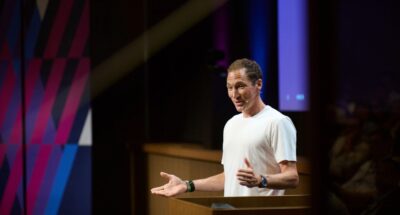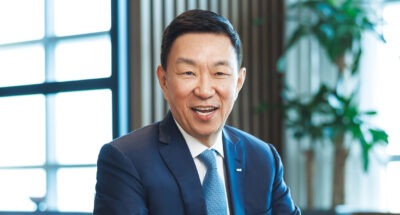There is strategy in rethinking the default
When Carol Fishman Cohen, a Harvard Business School graduate and finance professional, stepped away from her corporate finance career during the global financial crisis, she expected to take a short break. Instead, it stretched into 11 years and four children. When she was ready to return to the workforce, she faced puzzled interviewers repeatedly asking, “What have you been doing all these years?”
She realized the hiring system did not see the rich life skills gained during her career breaks and undervalued her experience before motherhood. Research shows that a “paradox of meritocracy” exists in organizations explicitly emphasizing meritocracy which results in more bias in evaluations. When we define merit through traditional metrics – salary, uninterrupted career progression, confidence in self-promotion – we risk rewarding those who have had fewer systemic barriers to overcome.
In response, Fishman Cohen created iRelaunch and partnered with companies on “returnships,” structured internships for experienced professionals re-entering the workforce. Companies suddenly recognized an untapped talent pool of highly skilled and motivated professionals. What began as a solution to her own challenge became a hiring innovation, not only facilitating individual career comebacks but also pushing organizations to rethink and expand their approach to talent acquisition. The answer, then, is not to abandon merit but to redefine it.









